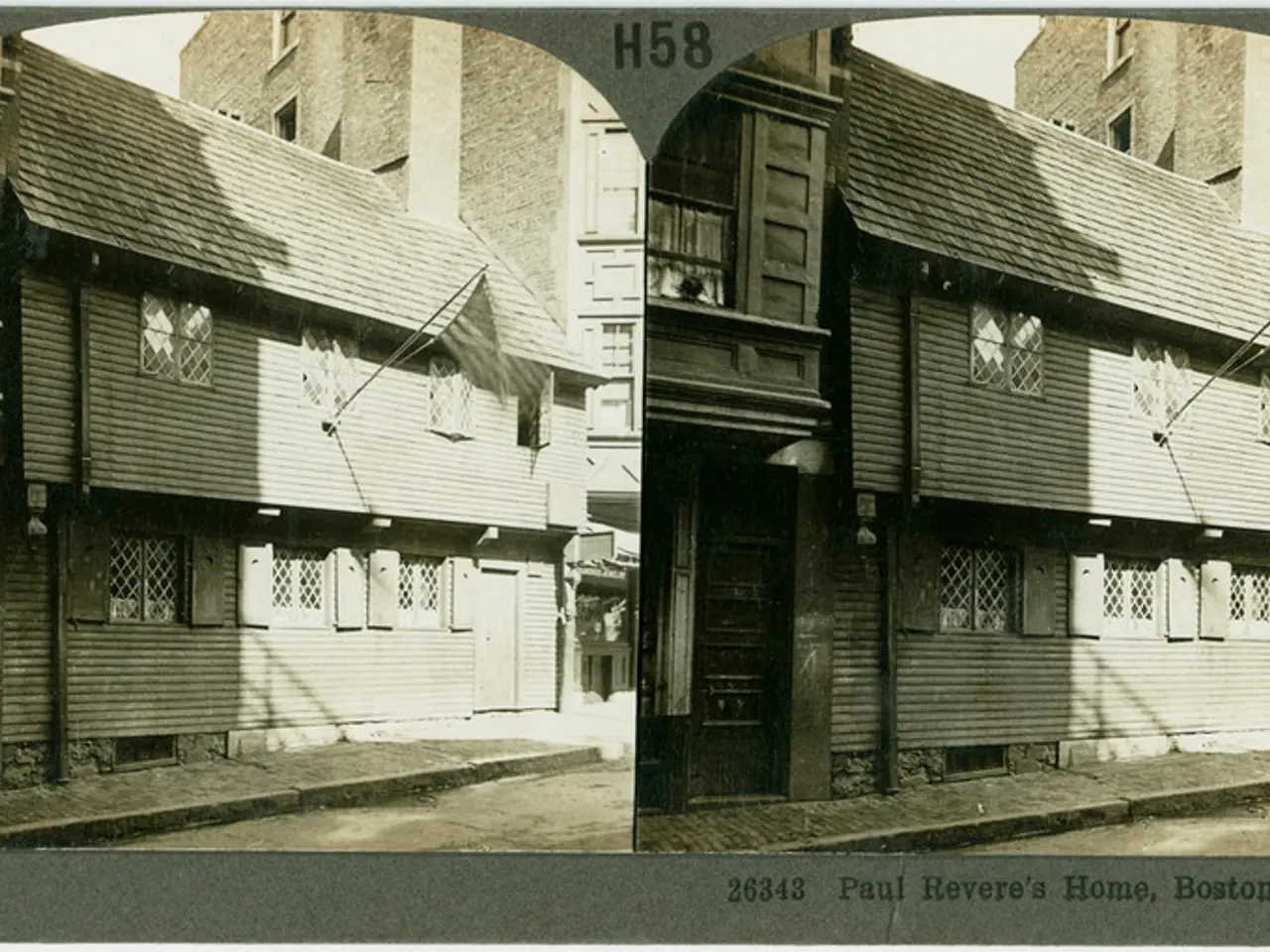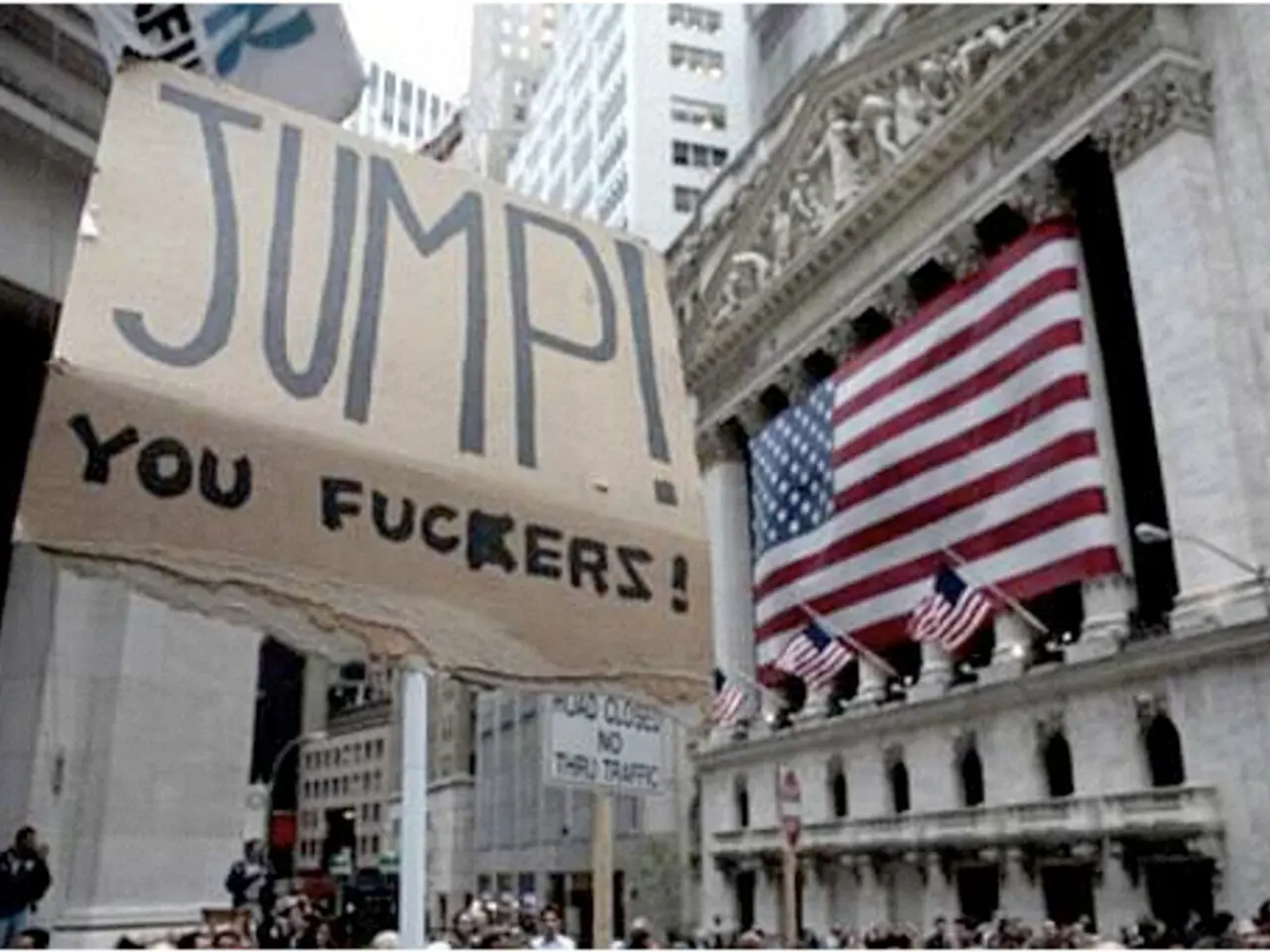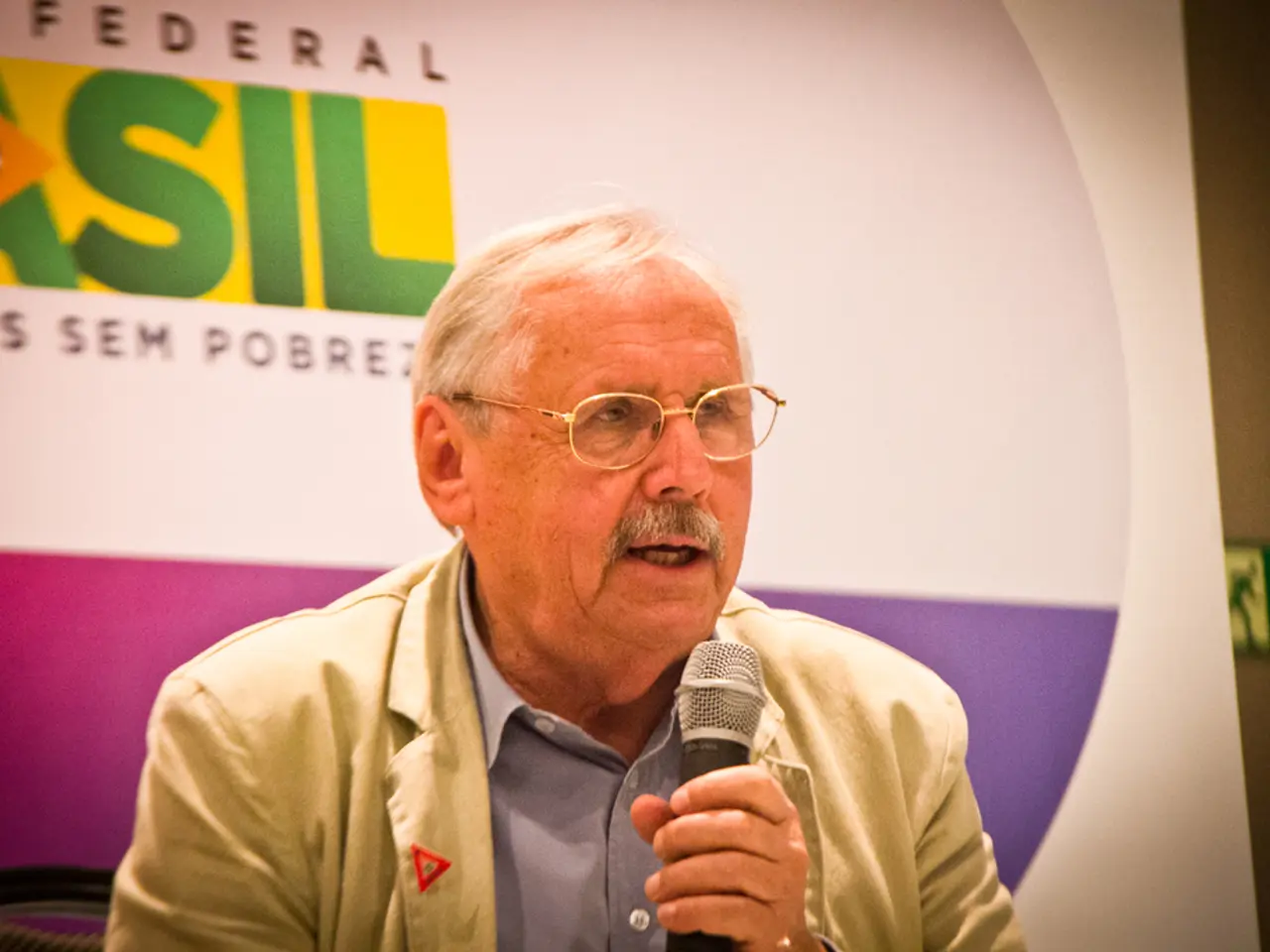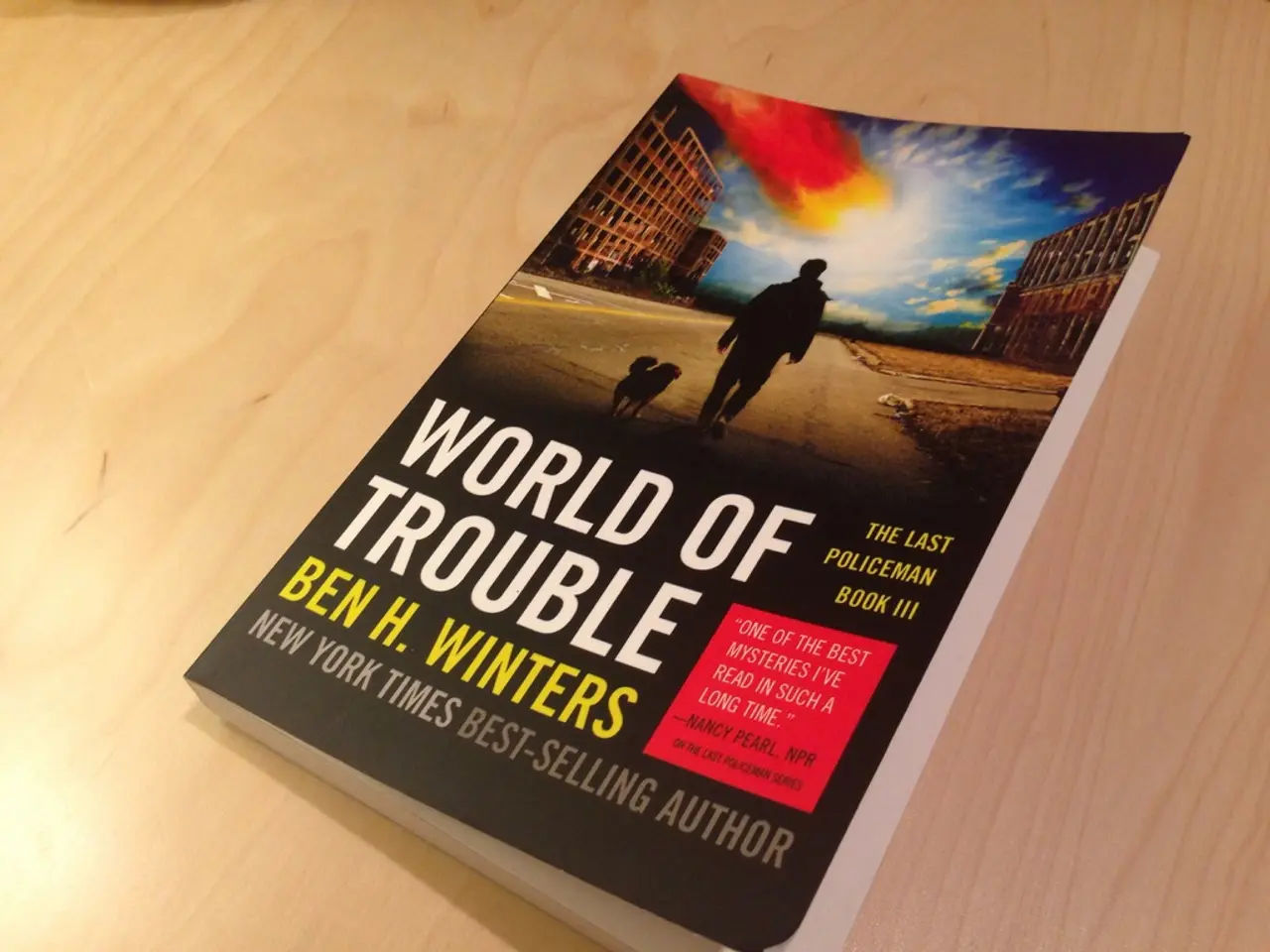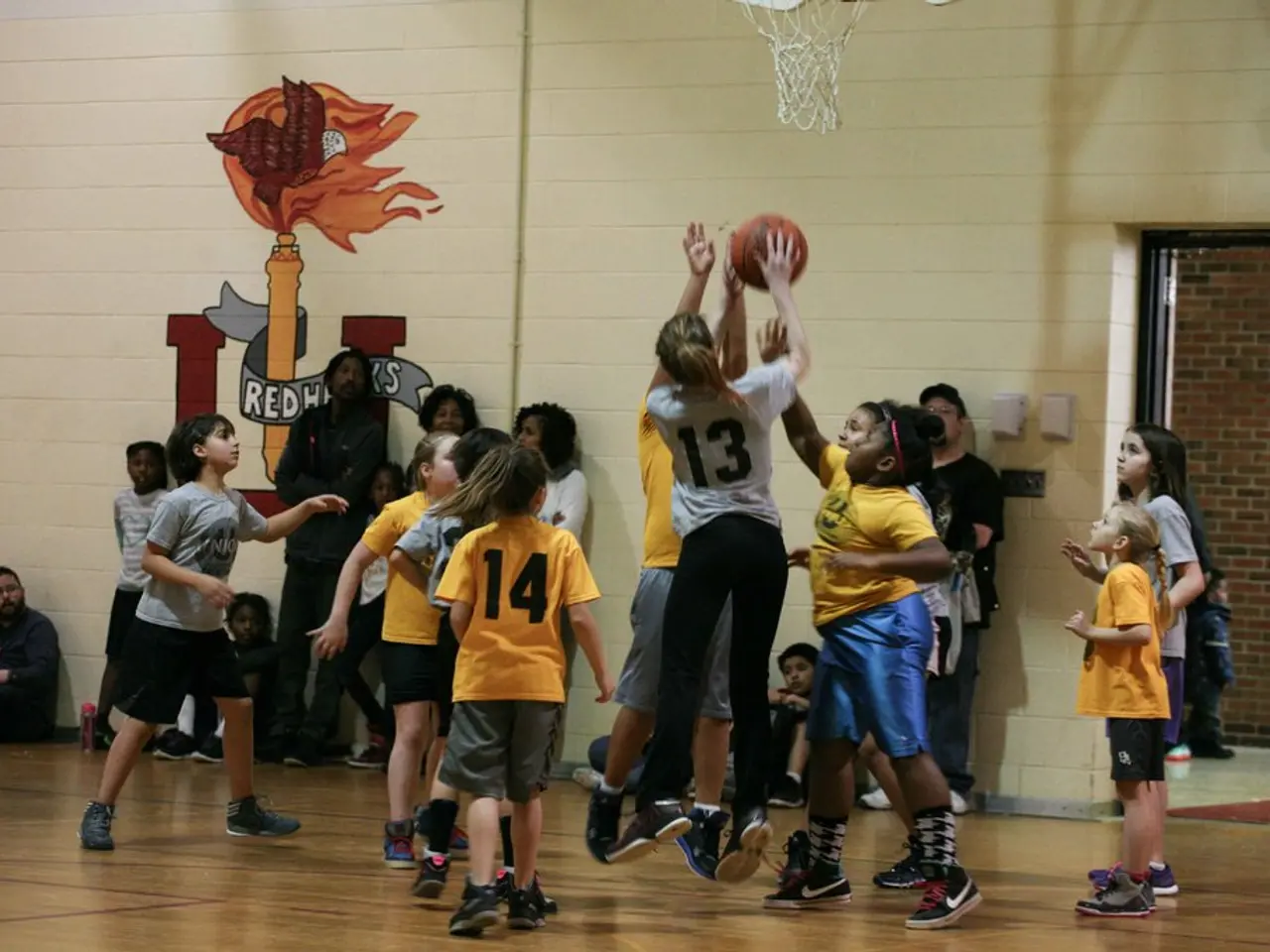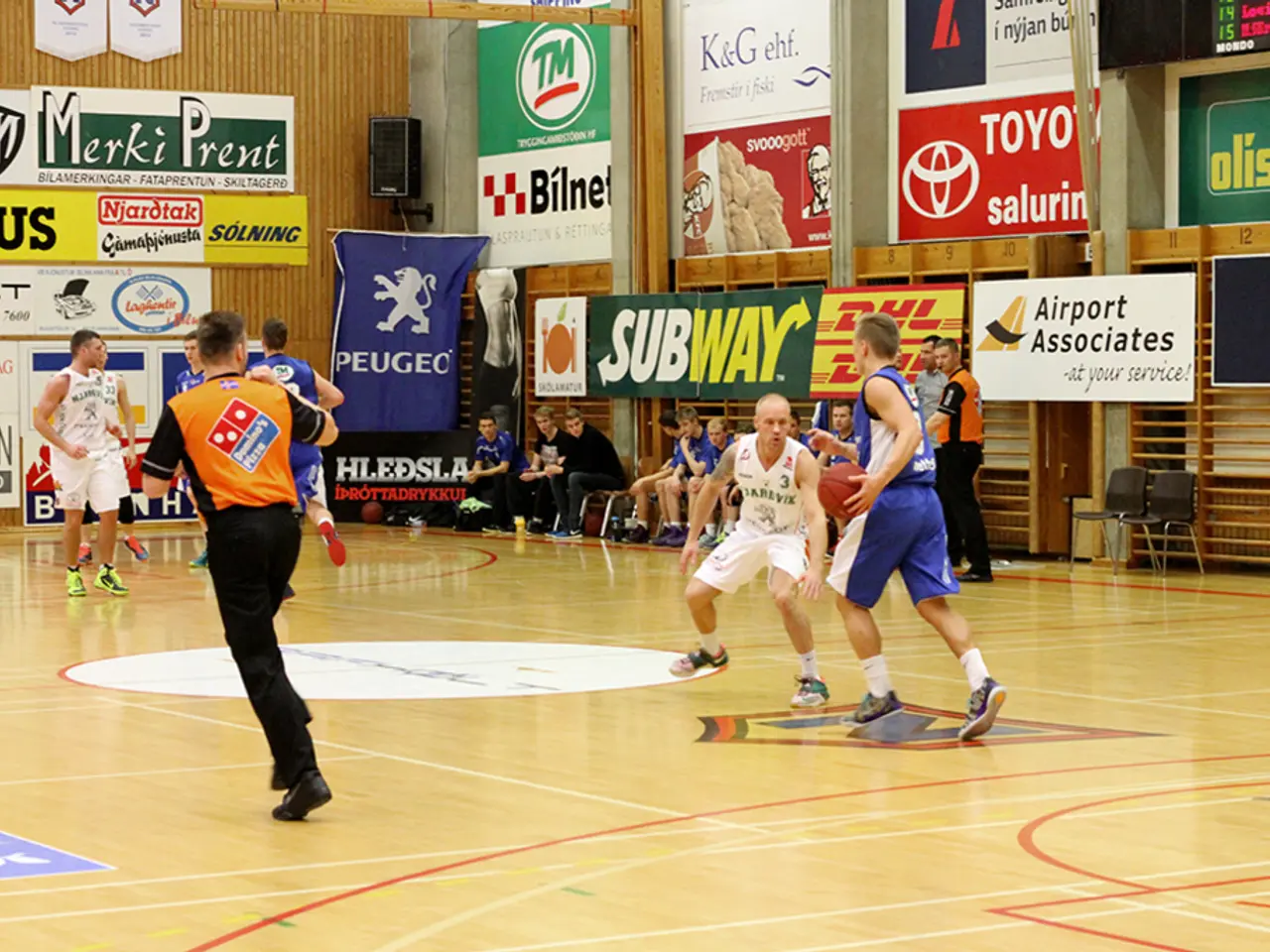Images capture the devastation of the United States' most somber moment on September 11, 2001.
In the early hours of September 11, 2001, the United States was forever changed by a series of terror attacks. The World Trade Center towers in New York City and the Pentagon in Washington, D.C., were struck by hijacked planes, causing devastation and loss on an unimaginable scale.
The immediate aftermath was a scene of chaos and heartbreak, with nearly 3,000 lives lost in the deadliest terrorist attack on American soil. The events that day prompted the first invocation of NATO's Article 5, leading to the U.S. and allied military action against Afghanistan, targeting al-Qaeda and the Taliban regime that harboured them.
The cleanup at Ground Zero ended on May 30, 2002, and cost $750 million to remove 1.8 million tons of debris. The economic impact of 9/11 was astonishing, with $123 billion in losses during just the first month post-9/11.
The attacks were a strategic failure for al-Qaeda, resulting in the loss of their primary base in Afghanistan and a major international crackdown on terrorism. The tragedy reshaped U.S. foreign and domestic policy, focusing heavily on counterterrorism efforts worldwide.
President George W. Bush addressed the nation on live television that night, stating that the government "will make no distinction between the terrorists who committed these acts and those who harbour them." Three days later, Bush stood among the rubble of the World Trade Center and assured the firefighters and first responders that the nearly 3,000 victims of the 9/11 attacks would not be forgotten.
An anti-terrorism package worth $40 billion was approved by Congress on September 14, and nearly $10 billion in insurance claims stemming from the attacks were filed. Untold scores of 9/11 artifacts were retrieved from the rubble, including the iconic images of the towers that fell and the people who were there to bear witness.
The tragedy of that day is still felt today, with a 2018 study estimating that the death toll from the ongoing war that has spanned 2001 to the present could be as high as 507,000, with 244,000 of them civilian. The memory of the "Falling Man" who died that day is also a poignant reminder of the horror of the tragedy.
As we remember the events of 9/11, it is important to reflect on the loss and the resilience of the nation that was born from the attacks. The 9/11 generation, born from the ashes of that day, is considered among the greatest the nation has ever produced. They have grown up in a world forever changed by the attacks, and their stories are a testament to the strength and determination of the American spirit.
[1] National September 11 Memorial & Museum
[2] 9/11 Commission Report
[3] History.com
[4] USA PATRIOT Act
[5] Department of Homeland Security
[1] The National September 11 Memorial & Museum, located at the site of the World Trade Center, serves as a tribute to the nearly 3,000 victims of the attacks and honors their memory.
[2] The 9/11 Commission Report, released in 2004, was a comprehensive examination of the events leading to and on September 11, 2001, and offered recommendations for future counterterrorism efforts.
[3] History.com provides a wealth of information about the events of September 11, 2001, including its political, social, and cultural impact on the United States and the world.
[4] The USA PATRIOT Act, enacted in response to the 9/11 attacks, gave law enforcement increased tools to detect and prosecute terrorism.
[5] The Department of Homeland Security, established in response to 9/11, is responsible for protecting the country from terrorist threats, as well as natural disasters and other emergencies.
